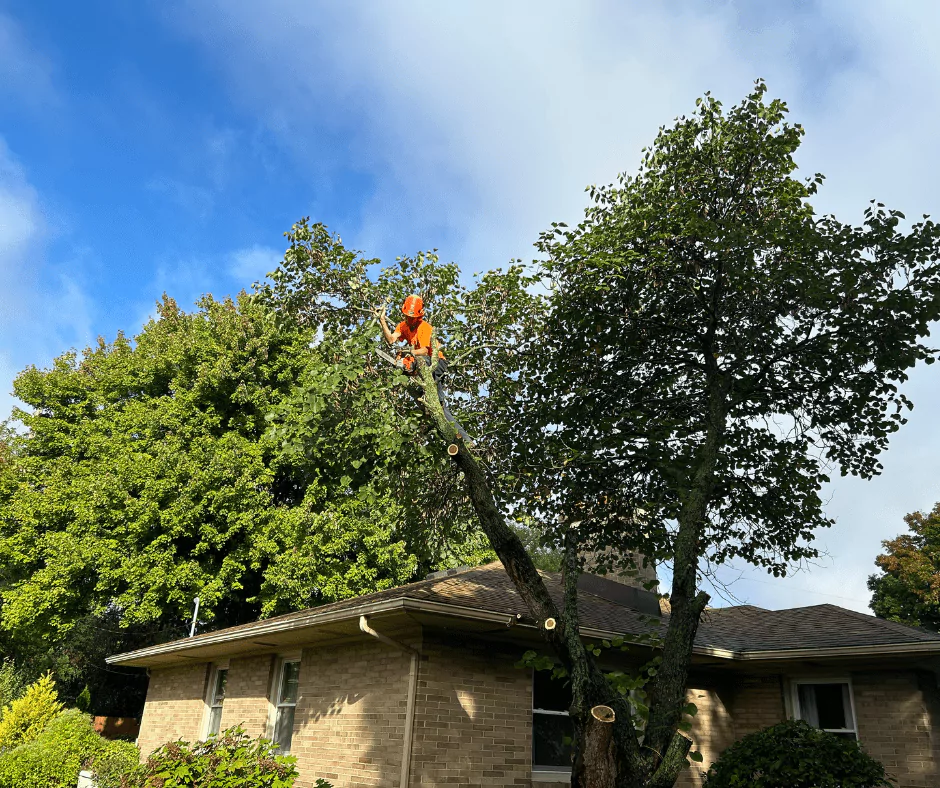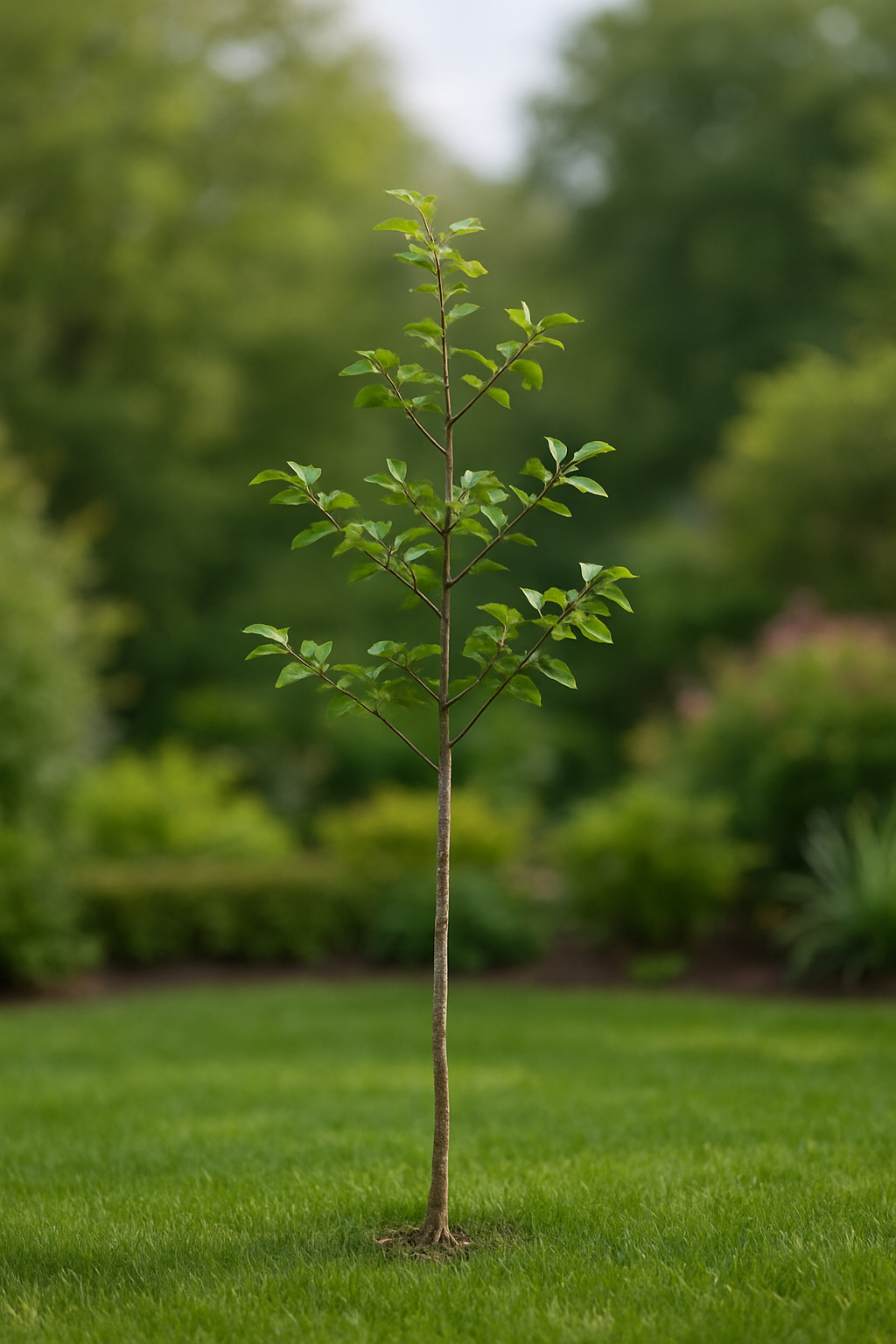If you’re wondering about the best time to trim trees in Michigan, this will be the only resource you’ll ever need.
In this article, we’ll cover:
- The most important general tips for figuring out the best time to trim your trees in Michigan
- When YOUR trees should get trimmed (yes, we’ll cover all 75 local tree species!)
This article refers to maintenance trimming.
If you’re dealing with dead or diseased branches, the best time to get them trimmed or removed is as soon as possible

General Tips For Assessing The Best Time To Prune Trees
Timing is everything when it comes to tree trimming and pruning. Here are some general guidelines:
Avoid Trimming During Active Growth
Trimming during the growing season (late spring to early summer) is not recommended in most cases, because it can interfere with new growth, stress the tree, and reduce blooms or fruit production.
Trim Immediately After Flowering
For flowering trees, prune after the flowers fade to preserve next season’s buds.
Trim During the Dormant Season
Otherwise, the ideal time for maintenance trimming is generally during the late fall to early spring dormant season.
Let’s explore why.
Prevents the Spread of Diseases
Proper tree pruning during the winter months helps reduce the risk of disease transmission, especially for species like oaks that are prone to fungal diseases such as oak wilt.
Reduces Stress on the Tree
Trimming during periods of cold weather minimizes sap loss and protects the root systems of sensitive species. A good rule is to avoid heavy pruning in late summer, as this can interfere with the tree’s preparation for dormancy.
Improves Tree Structure and Safety
When all leaves have fallen it’s usually easier to spot hazardous branches and other structural issues of a tree. For larger branches, certified arborists use the three-cut method to ensure clean pruning cuts that protect the branch collar and promote proper healing.
Promotes New, Healthy Growth
Winter pruning allows the tree to direct energy into new growth when the growing season begins. This is especially important for young trees, but also mature trees benefit greatly from the reduced stress.
Preserves Flowering and Fruit Production
The best time of year to prune fruit trees is late winter, before the formation of flower buds. For flowering shrubs, pruning right after blooms fade makes for new, beautiful blossoming the following year.
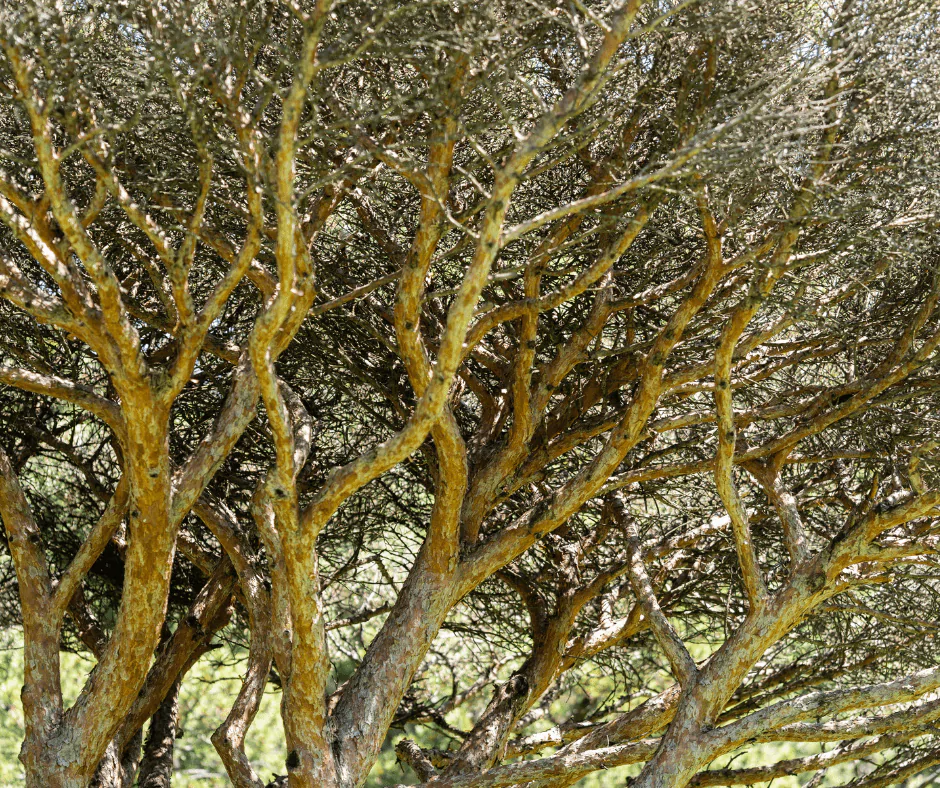
Trees Best Trimmed in Late Winter to Early Spring (During Dormancy)
Why Late Winter to Early Spring?
This is the dormant season for most deciduous trees, minimizing the risk of sap loss, pest infestation, and disease spread. As mentioned previously, this is generally the best time to trim most trees.
Tree Species:
- Oak Trees (e.g., White Oak, Red Oak) – Prevents oak wilt.
- Maple Trees (e.g., Sugar Maple, Red Maple) – Reduces sap loss and stress.
- Elm Trees – Protects against Dutch elm disease.
- Hickory Trees
- Ash Trees – Minimizes risks from Emerald Ash Borer.
- Beech Trees
- Birch Trees
- Aspen Trees
- Basswood Trees (Linden)
- Poplar Trees
- Cherry Trees
- Plum Trees
- Apple Trees
- Pear Trees
Tips: Trim these species to shape the tree, remove dead or diseased branches, and promote healthy growth in the coming growing season.
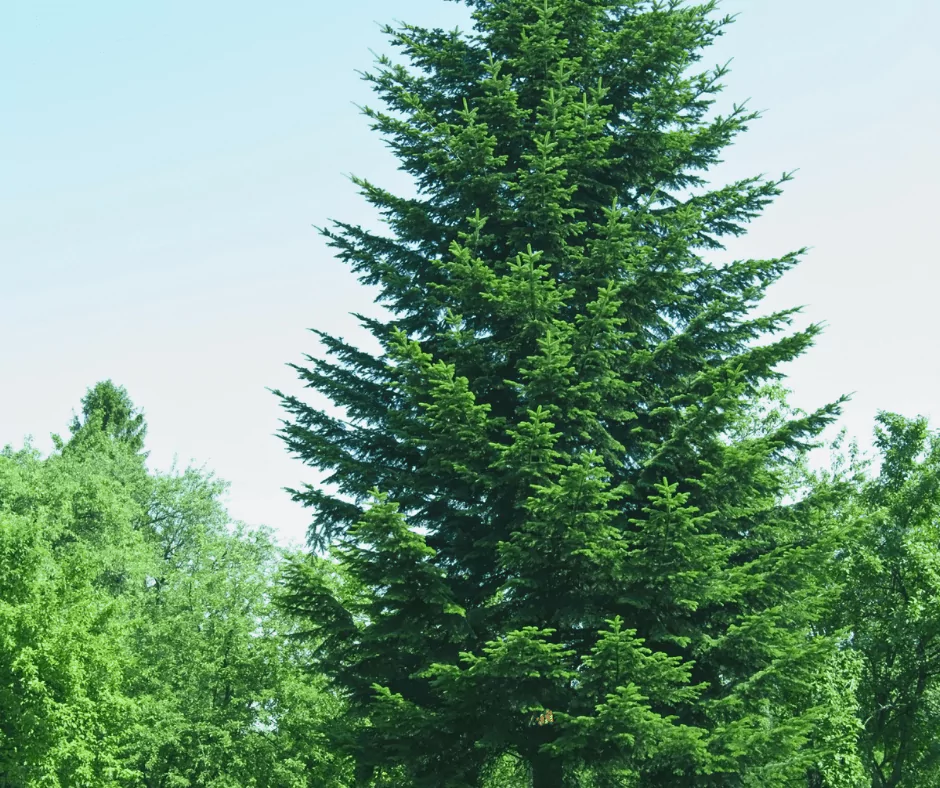
Trees Best Trimmed in Early Summer
Why Early Summer?
Some evergreen trees respond well to trimming during the growing season, as they heal faster.
Tree Species:
- Pine Trees
- Hemlock Trees
- Cedar Trees (e.g., Eastern White Cedar, Northern White Cedar)
- Juniper Trees
- Douglas Fir Trees
Tips: Focus on light pruning, such as removing dead or damaged branches. Avoid heavy pruning, as it can stress the tree.
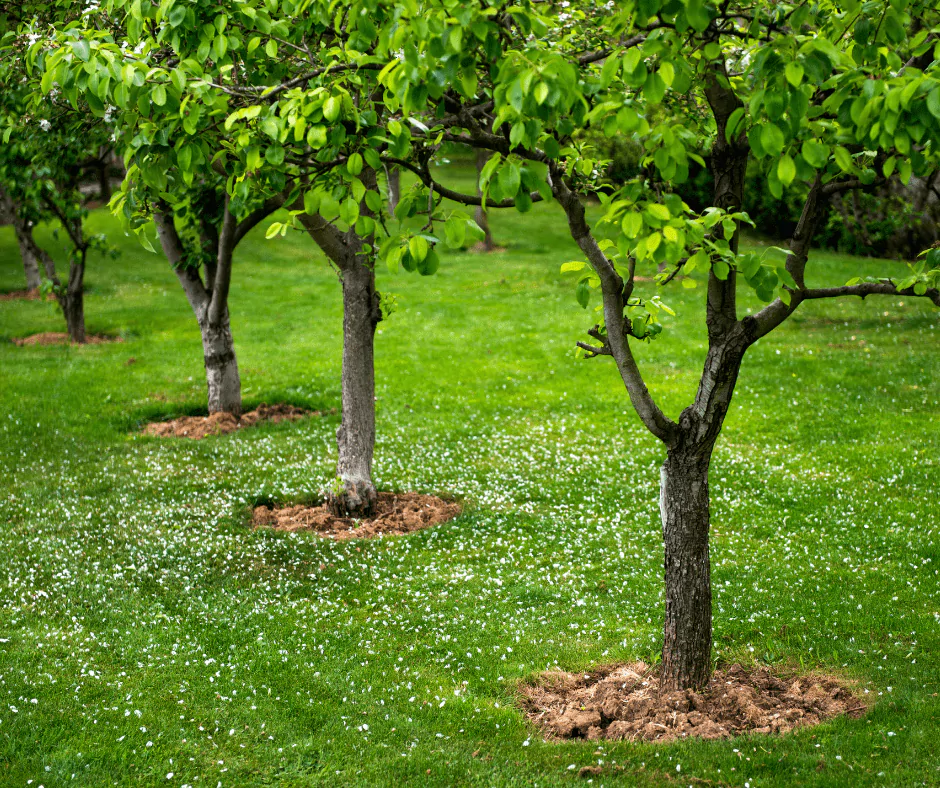
Trees Best Trimmed After Flowering
Why After Flowering?
Spring-flowering trees set their buds for the next season during summer. Trimming immediately after flowering preserves these buds and ensures vibrant blooms.
Tree Species:
- Crabapple Trees
- Dogwood Trees
- Magnolia Trees
- Hawthorn Trees
- Serviceberry Trees
- Redbud Trees
- Lilac Shrubs
Tips: Prune lightly to maintain the tree’s natural shape and encourage healthy blooming next season.
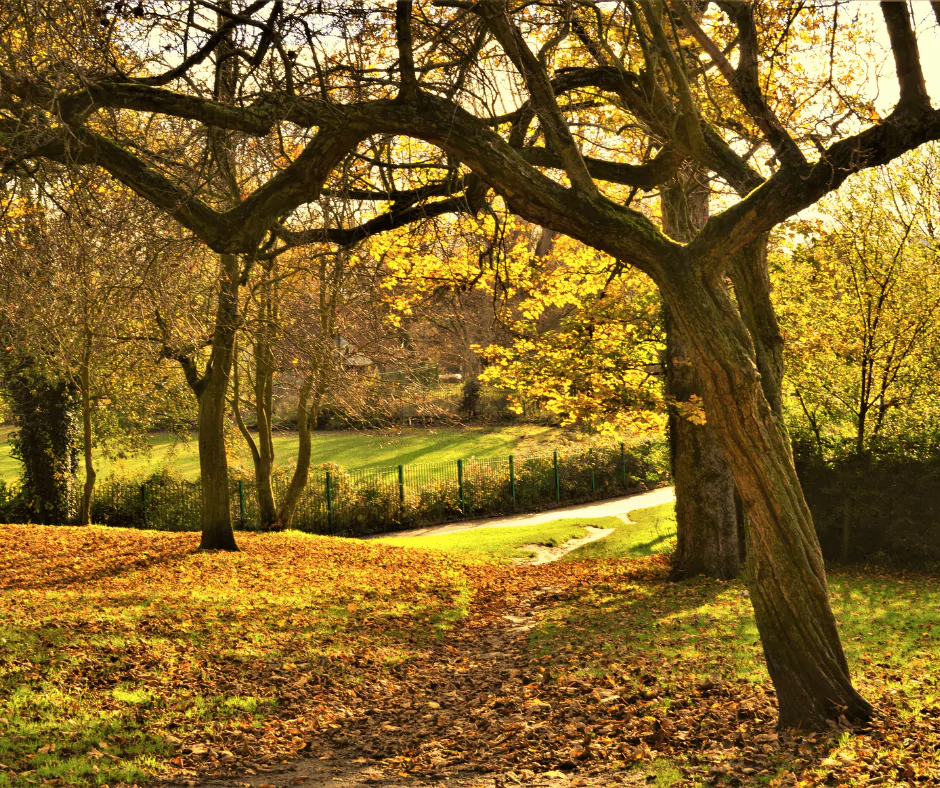
Trees Best Trimmed in Late Fall
Why Late Fall?
Once most leaves have fallen, the tree’s structure is visible, and pests are less active. This is a good time for heavier pruning.
Tree Species:
- Willow Trees
- Sycamore Trees
- Cottonwood Trees
- Hackberry Trees
- Silver Maple Trees
- Boxelder Trees
Tips: Use late fall for structural pruning, removing deadwood, or addressing storm damage.
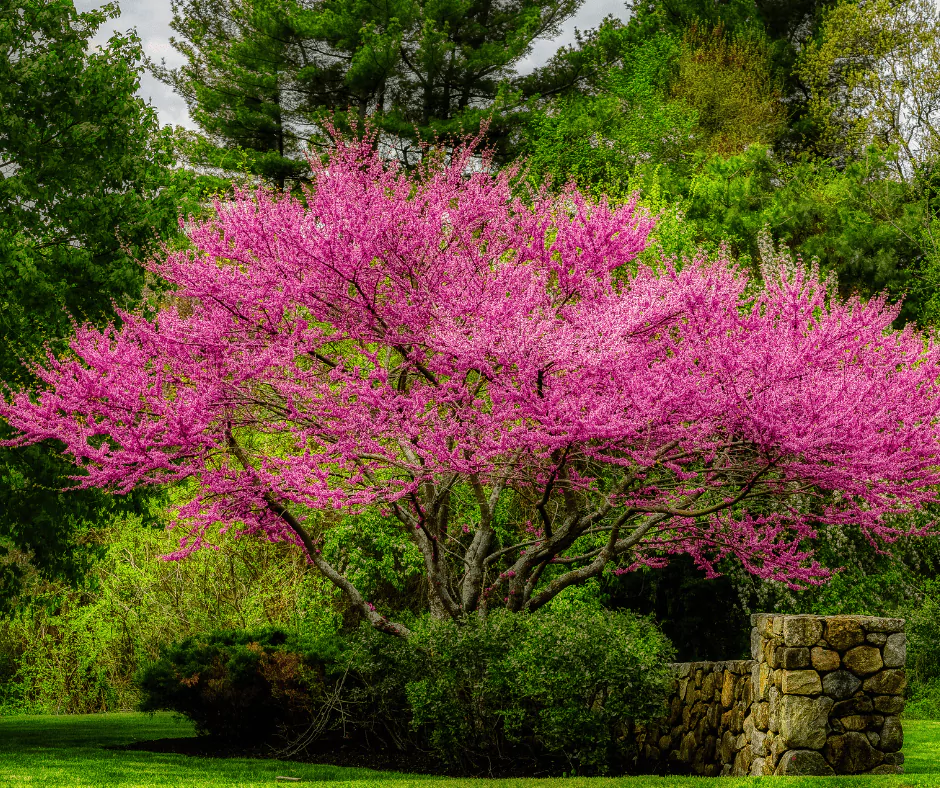
Trees That Can Be Trimmed Year-Round
Why Year-Round?
These trees are resilient and tolerate trimming at various times, though dormant or early growth periods are still ideal for significant pruning.
Tree Species:
- Spruce Trees
- Fir Trees
- Black Walnut Trees
- Eastern Redbud Trees
Tips: Perform light maintenance pruning throughout the year. For major trimming, stick to dormant seasons.
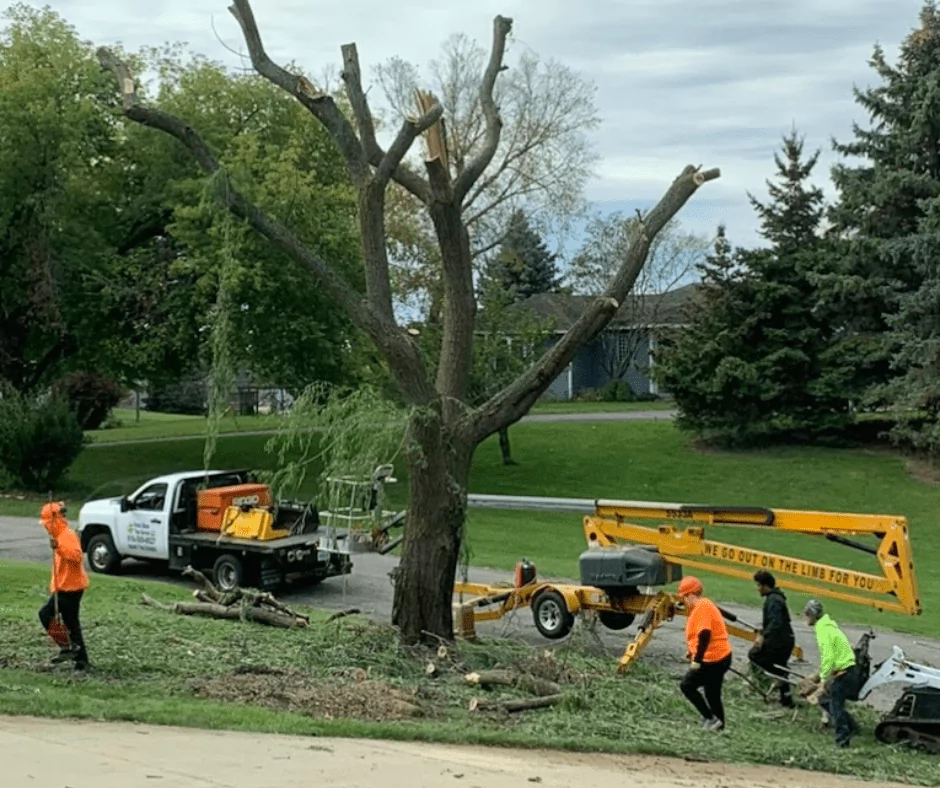
Work With A Professional Tree Care Company
Michigan’s diverse tree species require thoughtful care and attention to thrive.
Whether you’re trimming oaks in late winter, pines in early summer, or crabapples after flowering, proper timing ensures healthier, more resilient trees.
For professional tree trimming services tailored to Michigan’s unique environment, contact Forest Green Tree Service.
Our experienced team is here to help you care for your trees year-round, ensuring they remain a beautiful and safe part of your property for years to come.

